lorem
- Cylinders, Inc
- Blog
What Plant Managers Need to Know About Hydraulic Cylinder Life Expectancy
What Plant Managers Need to Know About Hydraulic Cylinder Life Expectancy
Equipment reliability isn’t a side issue — it’s a defining factor in operational success. Every hour a machine is down, it chips away at productivity, profitability, and reputation.
At the center of many of these machines lie hydraulic cylinders, the unsung heroes responsible for lifting, pushing, and stabilizing the heavy equipment that keeps a construction site moving.
Understanding hydraulic cylinder life expectancy isn’t just a matter of engineering curiosity — it’s a strategic concern that affects your uptime, budgets, and long-term planning.
The top-performing companies across the U.S. recognize this connection and take proactive measures to maximize cylinder life while minimizing downtime risk.
In this article, we are breaking down the realities of hydraulic cylinder life expectancy, revealing the factors that shorten or extend it, and showing you how forward-thinking leaders integrate maintenance and repairs into a broader strategy for operational resilience.
The Strategic Importance of Hydraulic Cylinder Life Expectancy

Hydraulic cylinders are deceptively simple in appearance, but their role in heavy machinery is mission-critical.
Whether powering an excavator’s arm or stabilizing a crane, these components bear the load of productivity. When cylinders fail prematurely, projects stall, crews sit idle, and costs spiral.
For plant managers and fleet directors, this means cylinder life expectancy is more than a maintenance figure — it’s an operational risk profile.
Companies that understand the lifespan of their cylinders are better equipped to:
- Plan maintenance schedules strategically.
- Forecast repair and replacement budgets.
- Reduce downtime-related costs.
- Align with partners who prioritize precision and reliability.
What Is the Average Life of a Hydraulic Cylinder?
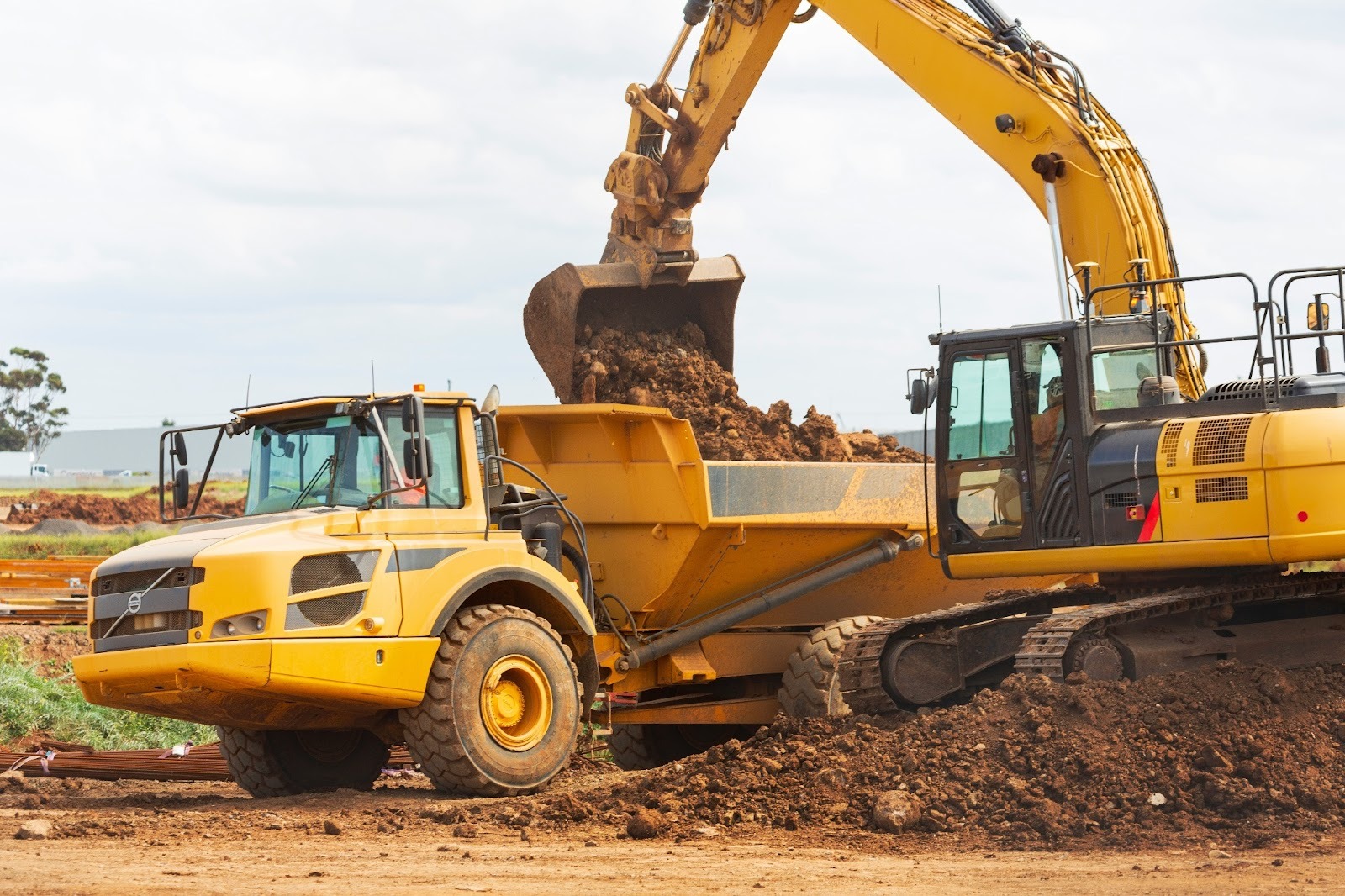
There is no one-size-fits-all answer, but industry consensus suggests that hydraulic cylinders in heavy equipment typically deliver 5,000–10,000 hours of operation under normal conditions.
However, lifespan varies widely based on factors such as:
- Application Intensity
Heavy-duty applications (mining, steel, large-scale construction) wear components faster. - Environmental Factors
Dust, moisture, heat, and corrosive conditions accelerate wear. - Maintenance Practices
Regular inspections, lubrication, and timely repairs extend life expectancy. - Component Quality
High-grade seals, rods, and finishes last longer under pressure. - Operating Practices
Operator technique impacts cylinder life — rough or improper use speeds wear, while careful operation prevents failure.
In practice, the same model of cylinder could last 3 years in one fleet and 8 years in another — the difference is down to where it is used and how it is managed.
Where Cylinder Failures Originate
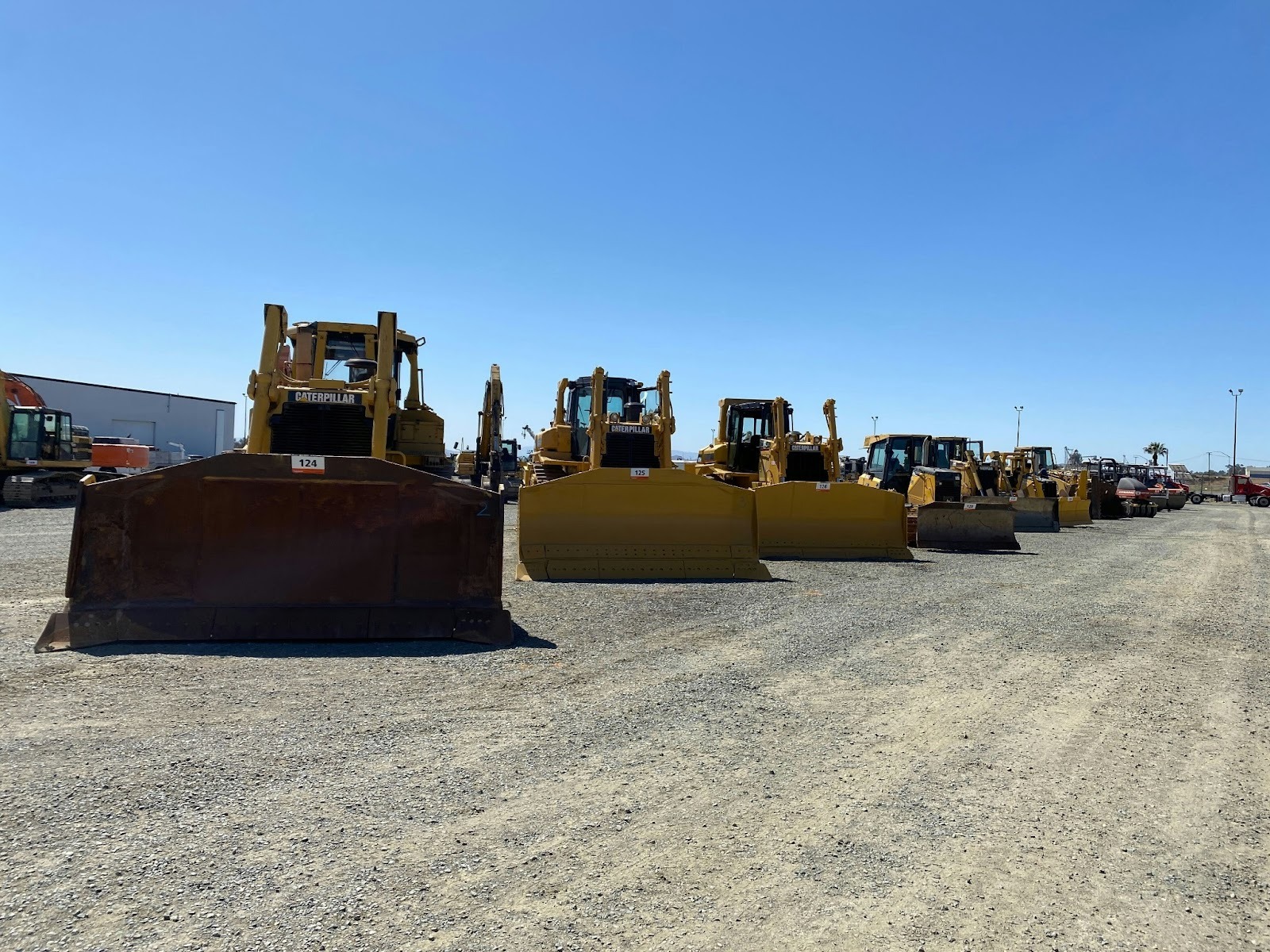
Cylinder failures rarely happen suddenly; they build quietly over time.
Common culprits include:
- Seal Degradation
The most frequent point of failure, leading to leaks and pressure loss. - Rod Scoring or Pitting
Damage from contaminants or improper handling. - Misalignment
Causing uneven wear and eventual breakdown. - Improper Tolerances
Quick fixes and poor repairs that don’t address the root cause.
Each of these issues ties back to downtime.
A leaking seal may seem minor, but if left unaddressed, it can progress into full equipment stoppage at the worst possible phase of construction.
The Financial Implications of Shortened Cylinder Lifespan
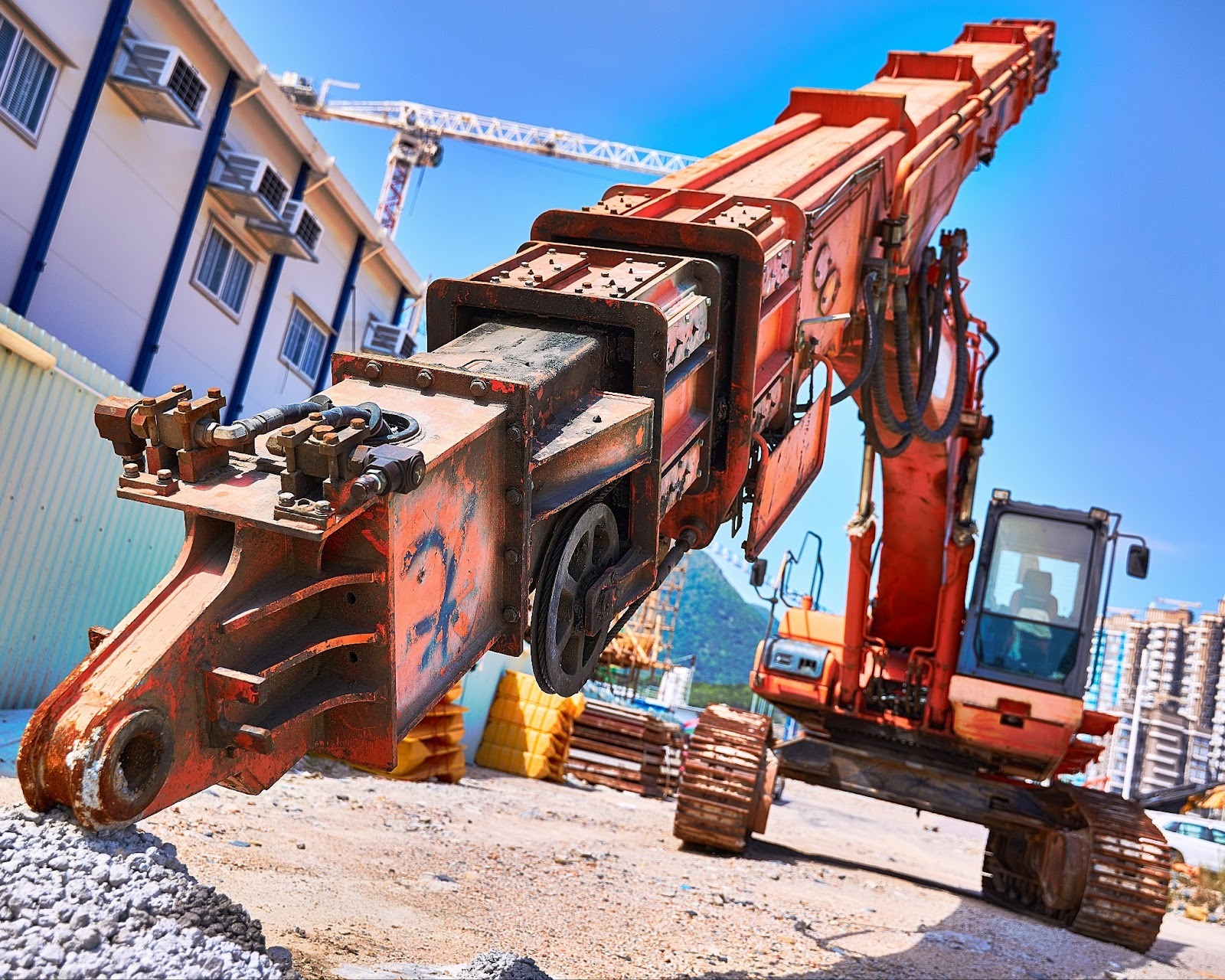
Downtime is expensive — and unplanned downtime even more so.
Every idle hour on a construction site or heavy industry project can cost thousands in lost productivity, idle crews, and cascading schedule delays. In our experience, equipment age remains one of the leading causes of unplanned downtime, accounting for nearly half of the unexpected stoppages we handle.
And that’s why maintenance strategy matters.
Preventive and predictive maintenance not only extend the lifespan of critical components like hydraulic cylinders but also protect against the operational and financial strain of sudden failures.
According to UpKeep, a leading maintenance management software firm, organisations that implement structured preventive or predictive maintenance programs can reduce downtime to as little as 5%, while also cutting defects, extending equipment life, and improving overall operational efficiency.
These outcomes translate directly into measurable cost savings and improved project performance — especially in sectors like construction where uptime dictates profitability.
For plant managers and fleet directors, the takeaway is clear: every additional hour of cylinder lifespan delivers real financial value.
Cutting corners on maintenance may appear to save money in the short term, but it accelerates wear, increases the likelihood of failure, and compounds costs over the equipment’s lifecycle — a risk you simply can’t afford to take.
Example: Annual Cost Impact of Cylinder Maintenance on a 30-Ton Excavator
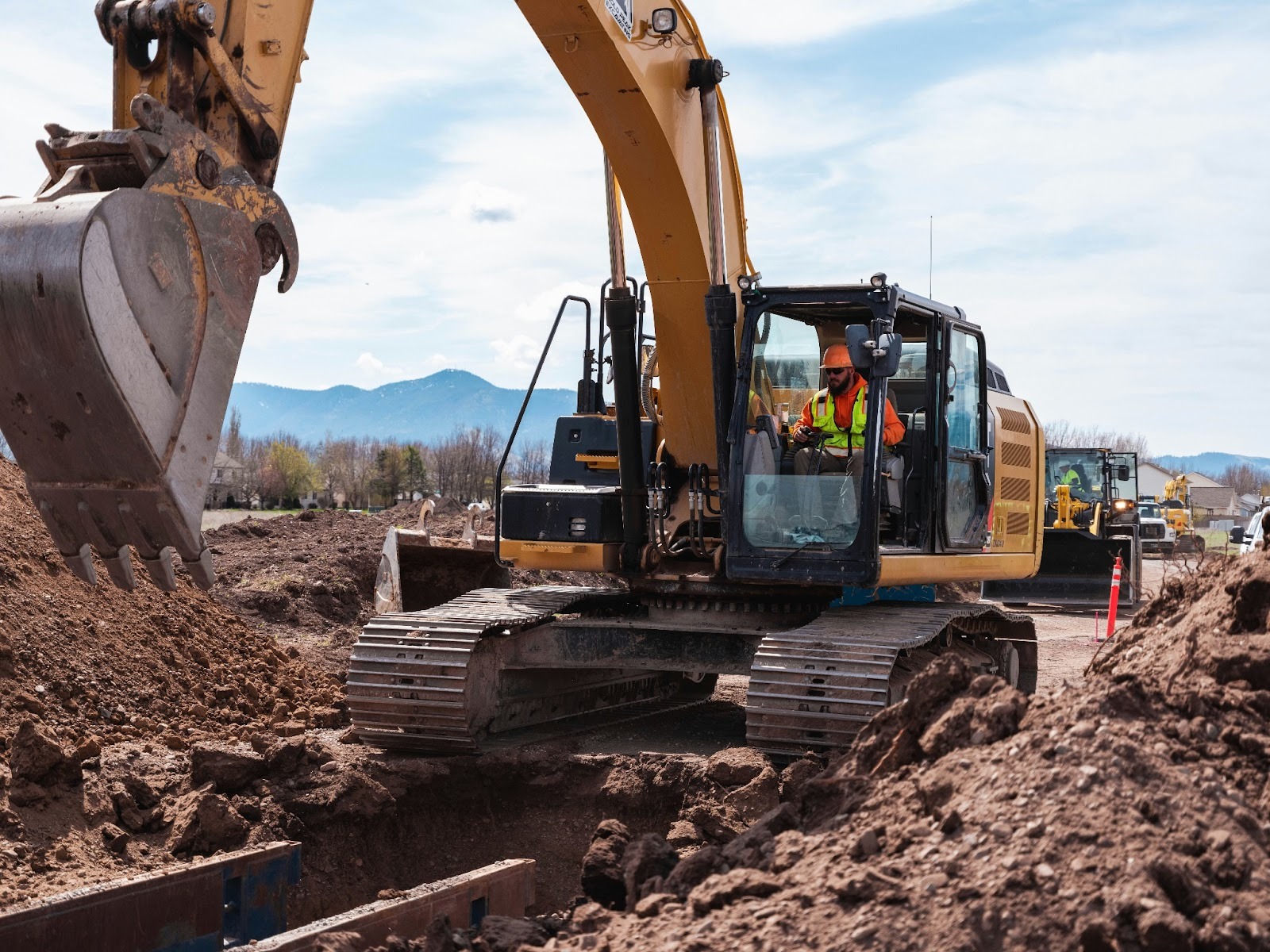
Take a standard 30-ton hydraulic excavator, which costs roughly $500–$1,000 per day to operate — including fuel, labor, and overheads.
If poor maintenance leads to an unplanned cylinder failure, you can expect at least a full day of downtime — and emergency repair costs ranging from $5,000 to $20,000 or more, depending on the severity of the damage and parts availability.
Our Assumptions:
Even avoiding just one major unplanned failure per excavator per year could yield direct savings of $5,500 to $21,000 in downtime and repair costs (i.e. lost productivity + repair bill). And if you also reduce smaller failures or extend component life, the total annual benefit might realistically reach $25,000–$30,000 for a high-utilization machine.
Our estimates here are intentionally conservative — not to downplay the impact, but to keep them grounded in reasonable, defensible assumptions. In practice, downtime and repair costs often run higher, meaning the real savings from proactive maintenance can be even greater.
The bottom line is the same regardless: proactive cylinder maintenance delivers measurable savings, reduces risk, and directly improves project margins.
What Top-Performing Companies Do Differently

Leaders in construction and heavy industry share one common approach: they don’t leave uptime to chance. Instead, they build structured programs around equipment reliability.
Their strategies include:
- Proactive Inspections
Identifying early wear before it cascades into full failure. - Vendor Partnerships
Working with trusted repair specialists who ensure repairs meet exact tolerances. - Predictive Technologies
Leveraging sensors, telematics, and AI to forecast issues before they occur. - Lifecycle Planning
Treating cylinder management as part of long-term asset management.
This proactive mindset turns cylinder life expectancy from an uncertainty into a controlled variable.
Why Repair Speed and Precision Both Matter
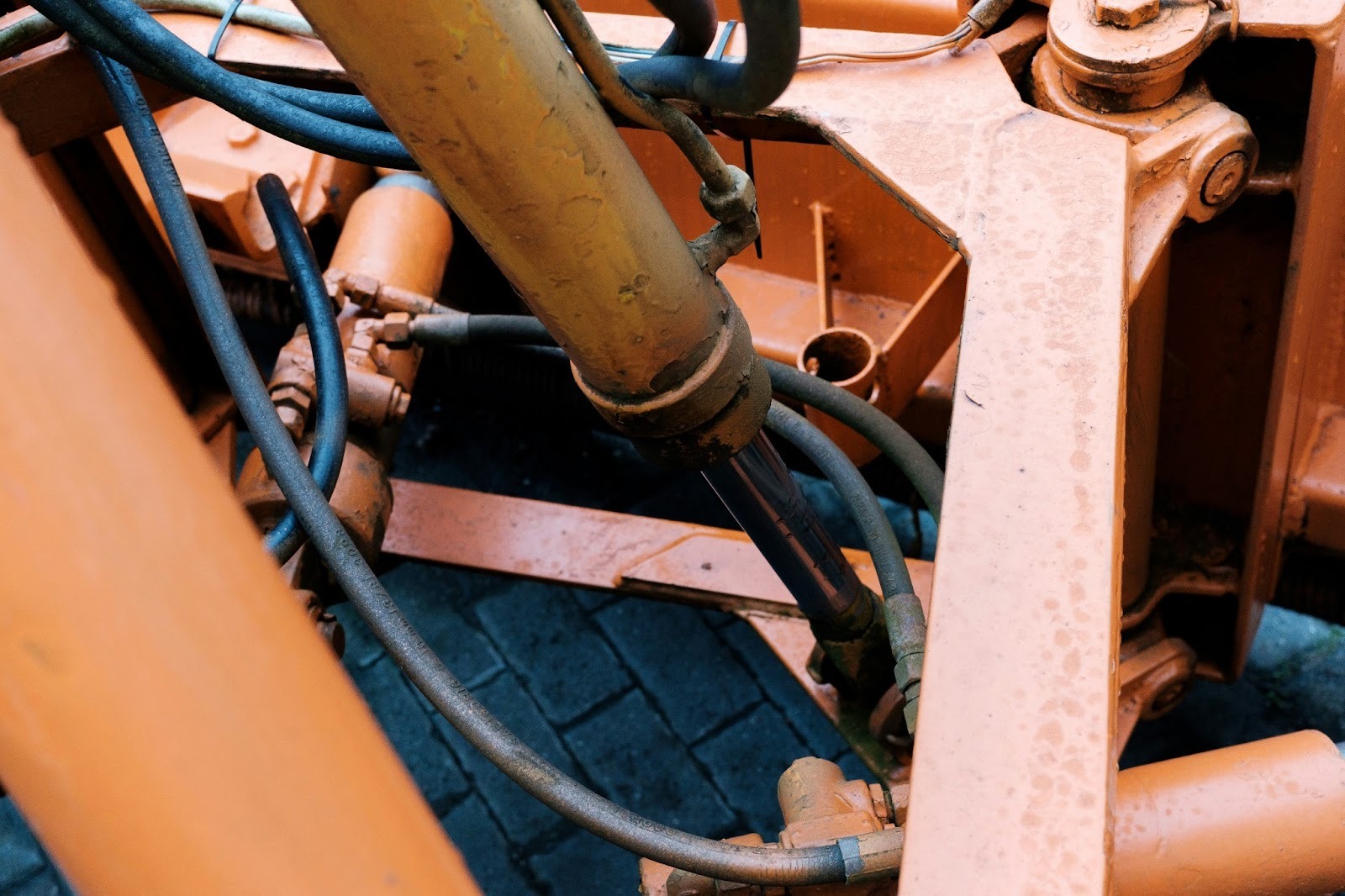
When a cylinder does fail, you face a critical trade-off: get it repaired quickly or get it repaired correctly.
The truth is, in our experience, that both matter. A rapid turnaround gets machines back into service, but if the repair lacks precision, the cylinder is likely to fail again, compounding downtime costs.
This is where trusted vendors like us can earn our stripes and add real value. We combine repair speed with precision workmanship, and we help operations teams avoid the false choice between uptime today and reliability tomorrow.
It’s a strategy that protects both productivity and long-term asset health.
Thinking Ahead: Extending Cylinder Life Expectancy

Forward-thinking leaders don’t just respond to failures; they anticipate and prevent them.
Plant maintenance managers and fleet directors looking to extend hydraulic cylinder lifespan should focus on:
- Routine Condition Monitoring
To detect wear before it escalates. - Environmental Controls
Where possible to reduce exposure to dust, moisture, or corrosives. - Vendor Audits
To ensure repair partners follow rigorous standards. - Training Operators
On best-practice to minimize stress and maximize cylinder life expectancy but also how to safeguard uptime across the fleet.
Cylinder Life: The Real Test of Operational Readiness
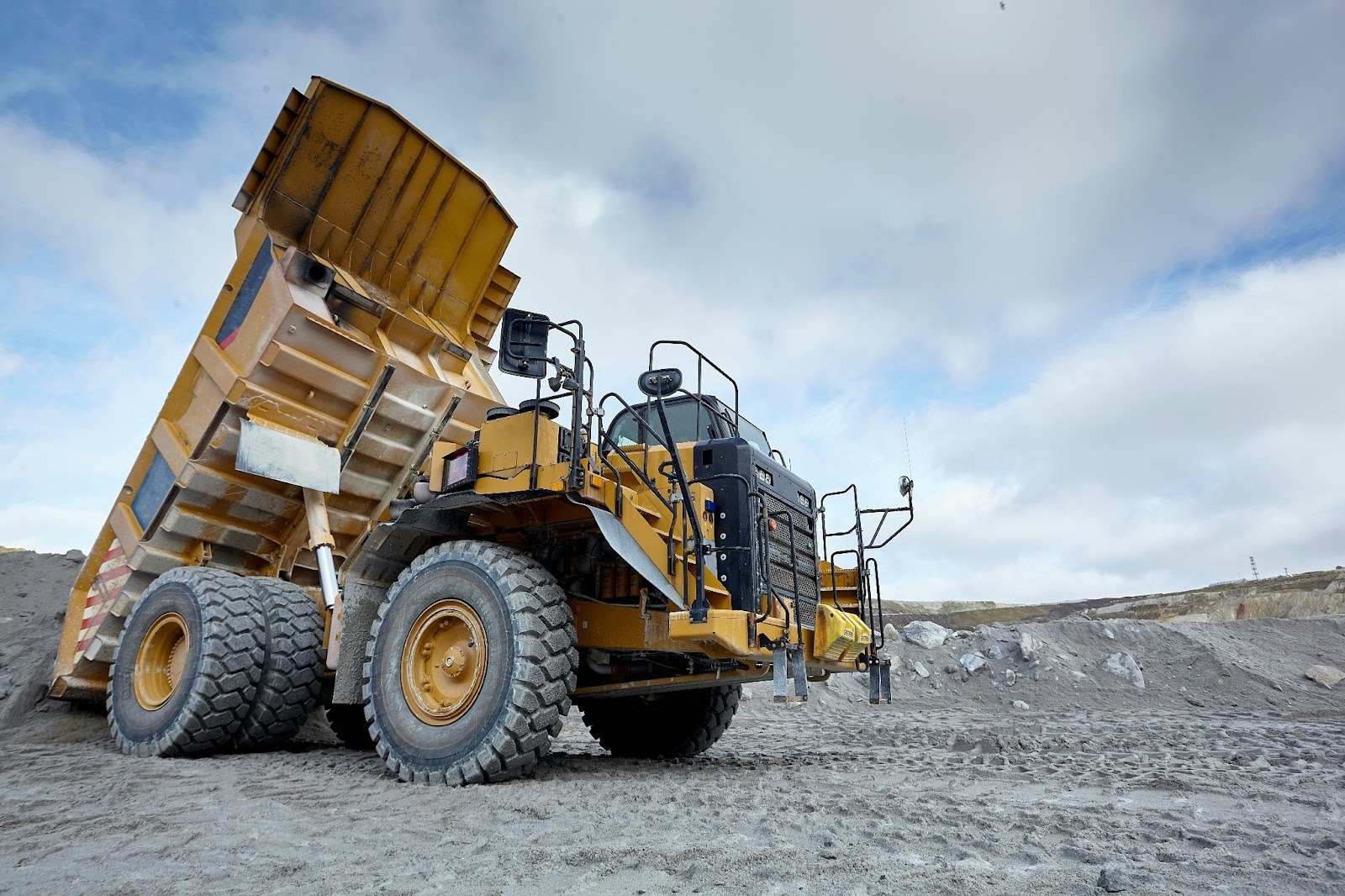
Hydraulic cylinder life expectancy is more than a technical metric — it’s a reflection of operational discipline.
For plant managers, fleet directors, and operations leads, the variables that shape cylinder lifespan — application intensity, environmental conditions, maintenance standards, and component quality — are the same factors that define uptime and cost efficiency.
Recommended posts
%20(2)%20(1).webp)
%20(1).webp)
Contact
Request Your Cylinder Repair Today
Have a question about our pneumatic cylinder repairs? Contact Cylinders, Inc. to find out more about how our experts can help, or schedule your repair service today!